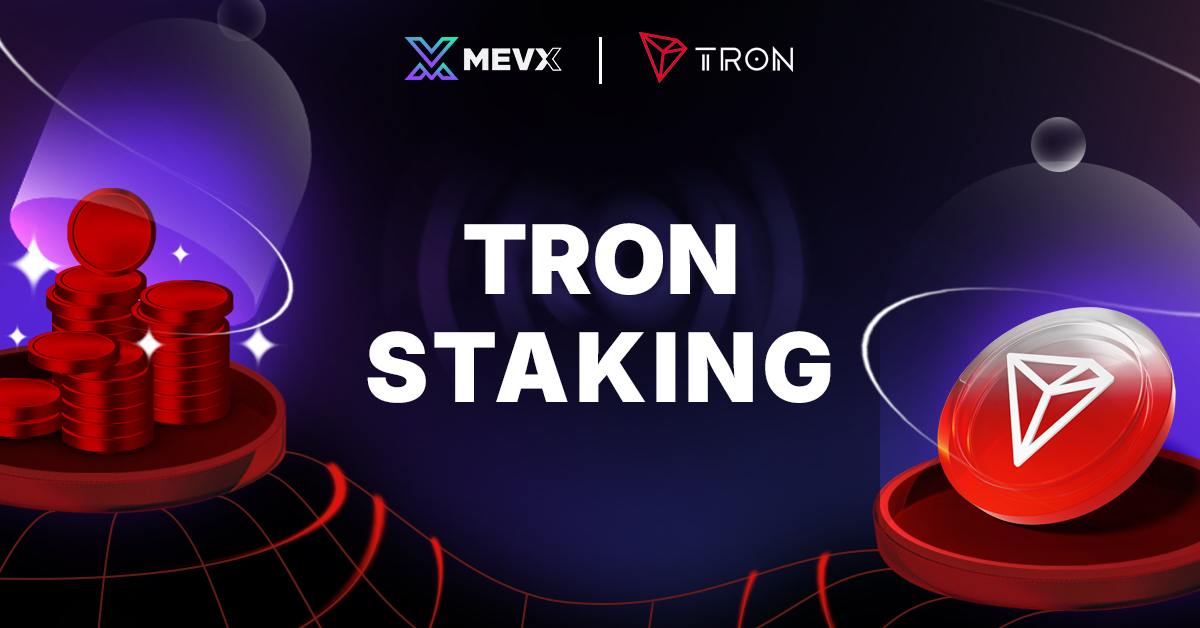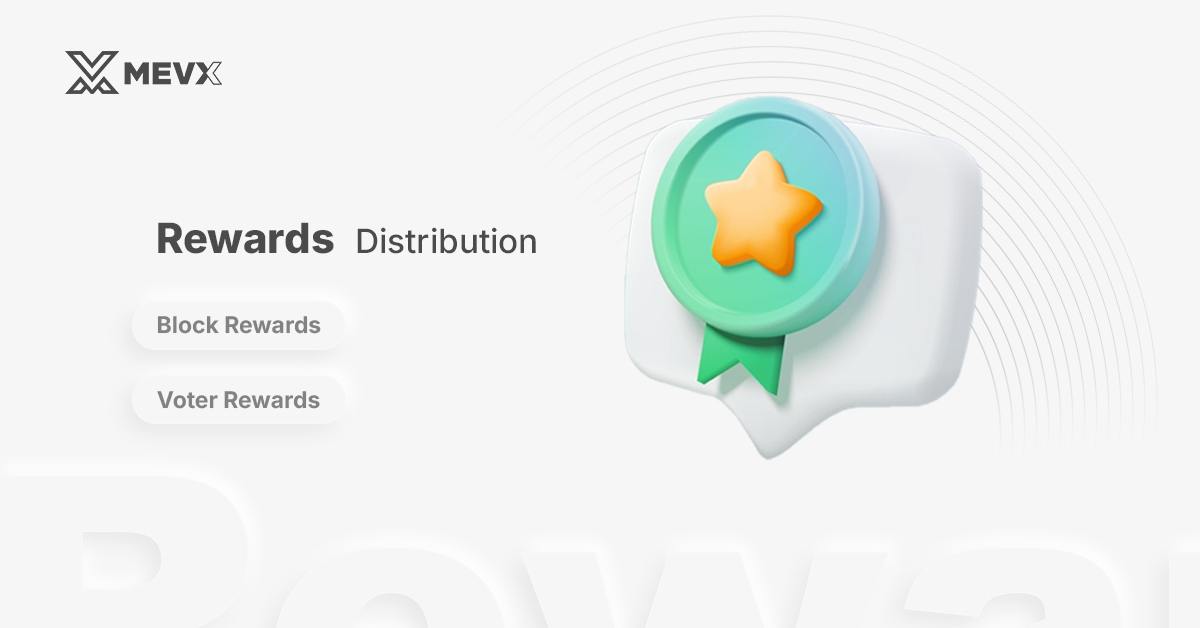If you are new to the world of cryptocurrency, then you must be thinking about how you can use the TRX tokens most efficiently. For that, staking through TRON is a good starting point. It is simple to win rewards while contributing to the security and efficiency of the chain. In this article, we’ll explain what is important to know about TRON Staking: how it works, its value, and how one complete beginner can earn from it.

Tron Staking
Key Takeaways
- TRON staking is an excellent way to start earning passive income by locking in supportive TRX tokens of the network.
- You earn resources like Energy and Bandwidth, which enable you to perform any transaction on the network without any fee.
- By voting for Super Representatives (SRs), you contribute to the security and governance of the TRON blockchain.
- Staking rewards are typically distributed daily or weekly, and you can unstake your TRX at any time, which comes with a very short waiting period.
What is TRON Staking?
TRON (TRX) Staking is the process whereby TRON holders lock up or “stake” their TRX tokens to take part in the network’s consensus mechanism and help secure the blockchain. In return, it receives rewards. Unlike the more common Proof-of-Stake, TRON operates a different kind of consensus algorithm called Delegated Proof-of-Stake (DPoS). The other major difference between DPoS and traditional PoS lies in the way validators are chosen.
Delegated Proof-of-Stake (DPoS) Overview
In a DPoS system, the TRON token holders do not directly perform the validation of transactions and the creation of blocks like they would in a typical PoS system. Instead, they vote to elect a limited number of Super Representatives (SRs) that carry out these duties on behalf of the network. Currently, there are 27 active Super Representatives in TRON that are responsible for the production of blocks and maintenance of the network.
How TRON Staking Works
- Staking TRX: Users freeze some of their TRX tokens within the TRON wallet or stake it through any compatible exchange that allows staking.
- Voting for Super Representatives: As a reward for freezing the TRX tokens, users are awarded “Tron Power” proportional to the quantity of staked TRX, called TP. Afterwards, users utilize their TP for voting among candidates for SRs.
- Distribution Mechanism: The elected Super Representatives within the top 27 create and validate blocks. In turn, they get rewarded for sustaining the network by distributing part of the rewards to the voters who vote for them.
- Duration of Staking: In general, the staked TRX tokens remain frozen for a while (3 days) before users can unfreeze them. During this period when they are being locked up, users can still vote with them.
Rewards Distribution
Here is how rewards distributed

Rewards Distribution
- Block Rewards: Super Representatives receive block rewards for each block they produce.
- Voter Rewards: Most SRs distribute part of their reward to those who voted for them. This is an incentive for people to vote.
- The more TRX a user stakes and the better the performance of his elected SR, the more the reward.
Staking Rewards: How You Earn
These are parts of the block rewards of SRs for maintaining the TRON network. Normally, SRs distribute parts of these rewards to the voters who had helped them get elected.
The amount of rewards you earn depends on:
- How much TRX you’ve staked?
- Which SR do you vote for?
- Overall network activity.
The rewards are given daily or weekly, and over time, without much more effort, you will start to see your TRX balance grow.
Energy and Bandwidth in TRON
TRON uses a system called Delegated Proof of Stake (DPoS) to secure its network. When you stake TRX, you receive two important resources: Energy and Bandwidth.
- Energy: t is used for interacting with smart contracts and dApps on the TRON network.
- Bandwidth: Allows you to make transactions without paying regular fees.
Staking TRX provides you with enough resources for conducting transactions on the network of TRON without additional fees. It will be quite attractive for users who regularly interact with dApps or send TRX transactions a lot.
Super Representatives (SRs) and Candidates
The TRON community elects 27 Super Representatives in the DPoS system of TRON to validate transactions and produce new blocks on the blockchain. Staking in TRON means casting your vote to support these SRs.

Super Representatives and Candidates
Here’s how it works:
- When you stake TRX, you receive Tron Power (TP)—a voting power equivalent to the amount of TRX staked.
- You can then use your TP to vote for SR candidates.
- SRs are responsible for maintaining the network, and they share a portion of their block rewards with the voters who support them.
You can vote directly for SR candidates or delegate your TRX to some third-party service that handles the voting for you. As a reward for your vote, you get staking rewards that are distributed by the SRs.
Flexibility of TRON Staking
One of the great things about staking in TRON is its flexibility. Unlike some other blockchains, TRON allows you to unstake your TRX at any moment. There’s usually a small waiting period of (about 3 days) before your tokens become available for transfer or sale, but this is a minor trade-off for what you get in return.
Why Should You Stake TRX?
Here are three great reasons to get staking your TRX today:
- Earn Passive Income: By staking your TRX, you can earn regular rewards, almost like receiving interest on a savings account.
- Contribute to the Network: Stake and contribute to the security and seamless functionality of the blockchain of TRON. This can be referred to as giving back to the network you’re participating in.
- Save on Transaction Fees: By staking TRX, Energy, and Bandwidth are given as rewards, which can be used to cover the network for transactions without any additional fees. Because of this, staking becomes so important for any active user of the network.
Risks:
- Liquidity: The TRX that is staked is locked up for at least a period of time in which it is unable to be sold or transferred.
- SR Performance: The rewards you are going to receive are reliant on the performance of the Super Representative you voted for and their block reward distribution policy.
How to Get Started with TRON Staking
Ready to stake your TRX? Here’s a basic way to get you up and running with staking on the blockchain in the following steps:
- Choose a Wallet: First, you would need a TRON wallet that supports staking. Popular options include the TronLink or Trust Wallet. Click to set up a wallet.
- Stake Your TRX: Open your wallet and look for the stake or freeze option. Choose how much TRX you want to stake and confirm.
- Vote for Super Representatives: Once your TRX is staked, you’ll receive Tron Power. Use it to vote for one or more Super Representatives. You can research which SRs offer the best rewards by checking TRON community resources.
- Earn Rewards: Vote and sit back, see your rewards grow. Rewards are automatically distributed in proportion to the voting power that was used.
Conclusion
Staking TRON (TRX) is a fantastic way to get rewarded for its contribution to the security and efficiency of the network. For both newcomers to the world of crypto and users who seek a way to finally put their TRX into action, staking is an easy, low-risk opportunity to get more involved in blockchain.
Share on Social Media:
